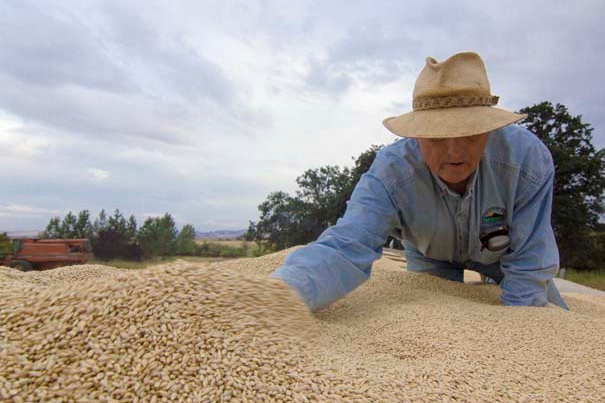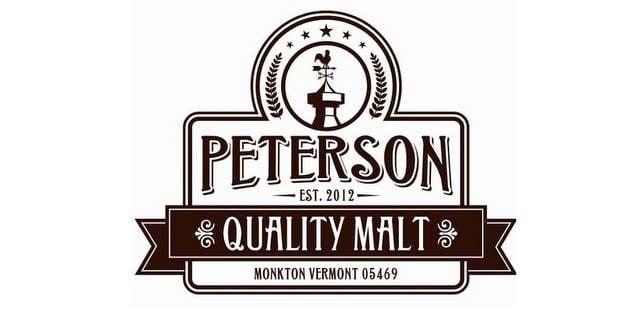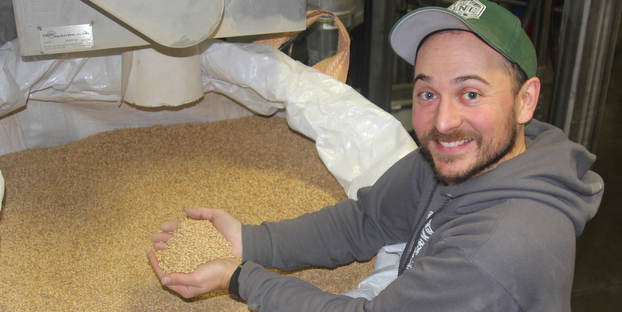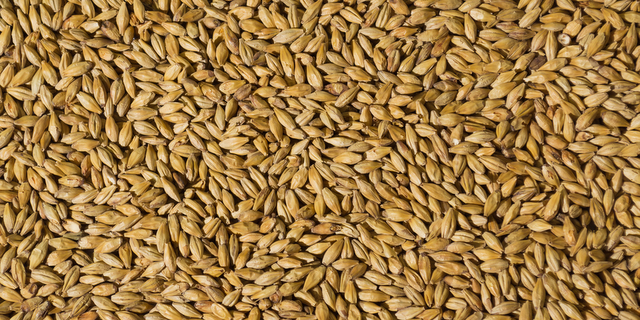
Congress sent the President a 2017 fiscal year budget that he signed on May 5. Sometimes called an Omnibus because it contains a large collection of appropriation bills, this one contained a few increases for USDA programs. Barley and wheat research got a boost in funding for the Agricultural Research Service’s (ARS) US Wheat and Barley Scab Initiative (USWBSI) and Small Grains Genomic Initiative (SGGI). Small grains researchers will be better able to provide growers and end users with varieties that mitigate production risks with the increased support.
Fusarium head blight (FHB) or scab has been a devastating disease to barley and wheat for many years, and the USDA-ARS USWBSI has played a critical role in establishing farm management practices to reduce the impact of scab and in providing breeders with the necessary support to develop new varieties with tolerance to FHB. However, there has been no increase in funding for the initiative since 2003 despite the disease becoming much more widespread. The National Barley Improvement Committee (NBIC) and National Wheat Improvement Committee (NWIC) have been advocating for additional funding and applaud Congress for providing a much-needed increase of $2 million for the USWBI. This brings the total for the initiative to $8.7 million, with $5.9 million going to a competitive grant program and the remainder going to ARS scientists working on scab.
Milo “Buzz” Mattelin, NBIC Chairman, noted: “The increase in funding for the USWBSI is welcome news for farmers dealing with the scab problem. The disease problem has continued to spread throughout the US and the increase in funding was truly needed.”
Much of the added intramural ARS funding, the “inhouse” research, will go to its regional small grains genotyping centers for scab research. These regional genotyping laboratories play an important role in barley and wheat development by providing the public breeding programs across the country the most advanced tools for tracking the transfer of important agronomic and quality traits into new varieties. Tools only a few of the best funded breeding programs would have access to without the ARS facilities. Congress recognized the important service these laboratories play and provided $1 million for the SGGI which further adds to their effectiveness.
The SGGI also includes funding for important barley and wheat quality testing or phenotyping at several ARS facilities. Without these phenotyping services, breeders would not be able to ascertain whether their lines have the quality desired by wheat and barley processors and consumers. “These ARS facilities are an essential infrastructure supporting small grains research and the increased funding will greatly facilitate all of our efforts,” according to Dr. Kevin Smith, University of Minnesota barley breeder.





Leave a Reply
You must be logged in to post a comment.